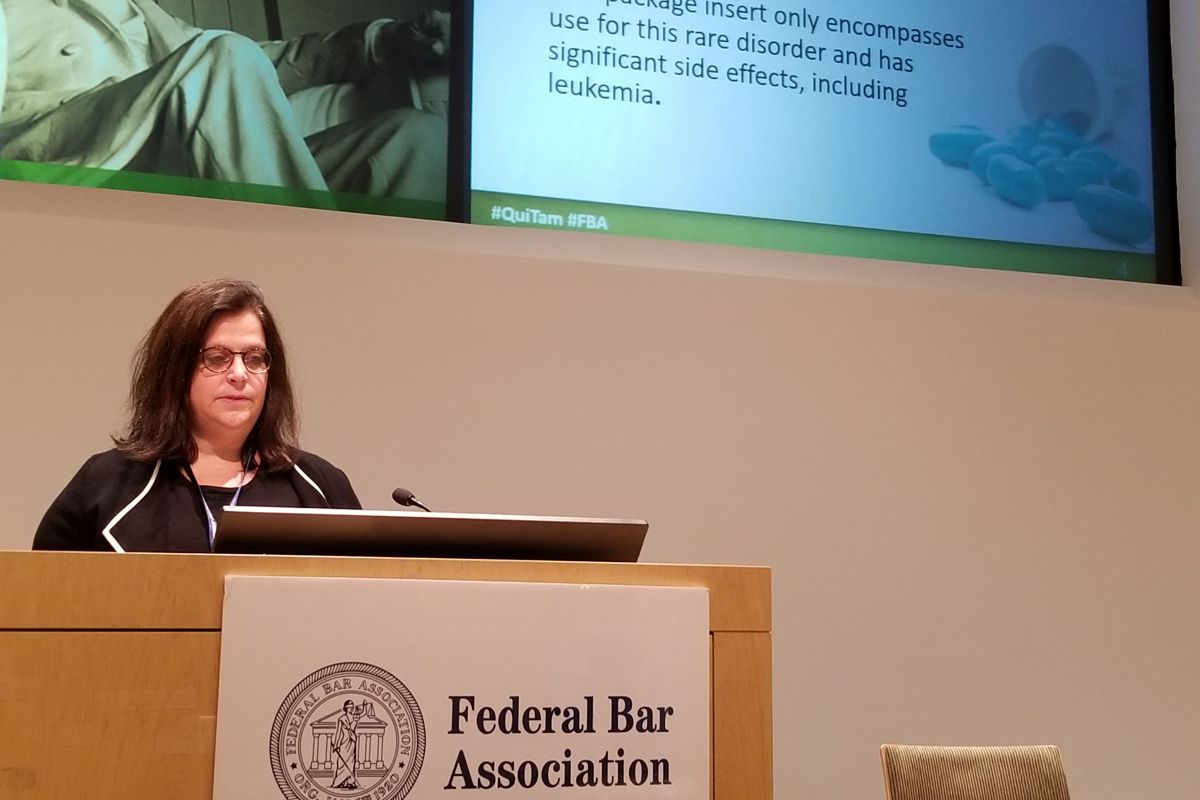Tort reformers cite a range of cases as frivolous litigation. But, says Reuben Guttman, many of these lawsuits raise fundamental issues.
The United States Chamber of Commerce, a few academics and some media pundits have their lists of cases arguably supporting the proposition that people will sue over anything and hence the need for tort reform to prevent so called ‘frivolous litigation.’ Out of the countless number of cases filed each year in United States federal and state courts, the tort reformers love to harp on the suit brought by the woman against McDonalds for serving hot coffee and the class action now pending against Subway for allegedly misrepresenting the size of its advertised foot-long sandwiches.
Golden oldies
Since the tort reformers seem to keep dwelling on the same few cases, it might be worth mentioning a few oldies but goodies which have eluded their attention. First, there is the “classroom kick case” where an elementary school child was sued for kicking another student on the knee. This heinous event occurred in a classroom. The court allowed the case to go forward, holding that if the offending kicker had made his offensive contact on the playground, the kick might have been permissible.
Then there is the “falling scale case” involving a man on a railroad platform; running to jump on a train, he was pulled on board by a conductor. Struggling to board the moving rail car, the man dropped a package containing fireworks; the fireworks exploded, knocking a scale down at the end of the platform. The scale fell on another man who sued the railroad!
Finally, there is the case brought by parents who allowed their child to play on railroad tracks. The child wandered onto a railyard and was injured by a turntable used to reposition rail cars. The parents sued the railroad!
These are real cases; Vosberg v. Putney, 80 Wis. 523 (Wisc. 1891), Palsgraf v. Long Island Railroad, 248 N.Y. 339 (N.Y. 1928) and Sioux City & Pacific Railroad Co. v. Stout, 84 U.S. 657 (1873). The thing is that they are not new. I found them in a casebook on torts belonging to my dad. While the casebook was published in 1934, I too had studied them in law school. Back in law school, I actually read a lot of cases that made me wonder why courts spend so much time on matters that are small or that by some lights should not exist at all. Yet from seemingly small cases, judges have for years extrapolated important legal doctrine. The holding and dissent in Palsgraf, written by Justices Cardozo and Andrews respectively, are well studied and cited works. These writings are at the heart of the common law of negligence. The doctrine of “attractive nuisance,” or at least variations of it, flow from Stout and similar cases.
It is cases like Vosberg, Palsgraf and Stout — actually landmark decisions studied for decades by laws students — that today’s tort reformers might cite in support of their claim that frivolous litigation clogs the courts and burdens business. Yet it is these matters – cases with simple sets of facts – that allow judges to articulate important rules that can be applied to weightier cases.
The lion and the zoo
In his closing argument to the jury in Silkwood v. Kerr McGee, 464 U.S. 238 (1984), lawyer Gerry Spence talks about the case in “Old England” where the lion escaped from the zoo and the zoo was responsible for the damage caused by the lion even if it exercised due care in caging the animal. Of course the Silkwoodcase involved the escape of plutonium from a Kerr McGee plant. From the simple case of the lion, Spence explains the law of strict liability, telling the jury “if the lion got away, Kerr McGee must pay.”
The truth is that the common law is replete with small cases; some that others would never bring; some that tort reformers might argue are completely frivolous and some that appear at the time to be small yet provide critical insight into the application of the rule of law and the expectation for compliance. And so do we really want to be in the business of telling that family whose kid was kicked in the knee that there is no place for that suit in a court of law?
Now, about the cases involving coffee and that other one about the foot-long Subway sandwich? Well, it turns out that the woman who brought suit against McDonald’s sustained serious burns when a scalding cup of coffee, purchased at a drive-in, spilled on her lap. And, while the tort reformers may consider her case frivolous, have you ever noticed that most coffee shops now check the temperature of their coffee before serving it?
Fundamental issues
I reached out to the lawyer who is bringing that foot-long Subway sandwich case. He asked me what the difference was between a fast food enterprise serving a smaller quantity than advertised and a bank charging each depositor a few extra cents in interest each month? Small damages for each consumer? Perhaps. Large damages across the board for a class? Undoubtedly. But does the case raise fundamental and perhaps important issues about truth in advertising which may create precedent for more weighty matters? Absolutely. And this is what our common law tradition is all about.
For more insight into the Tort Reform movement, I recommend this video, Debate on Tort Reform After Viewing of Documentary ‘Hot Coffee’
“Hot Coffee” is an HBO documentary about the Tort Reform Movement and who is really behind it. More information and the trailer is available here.

